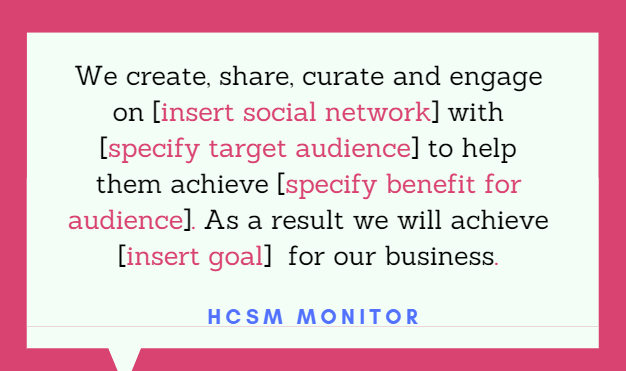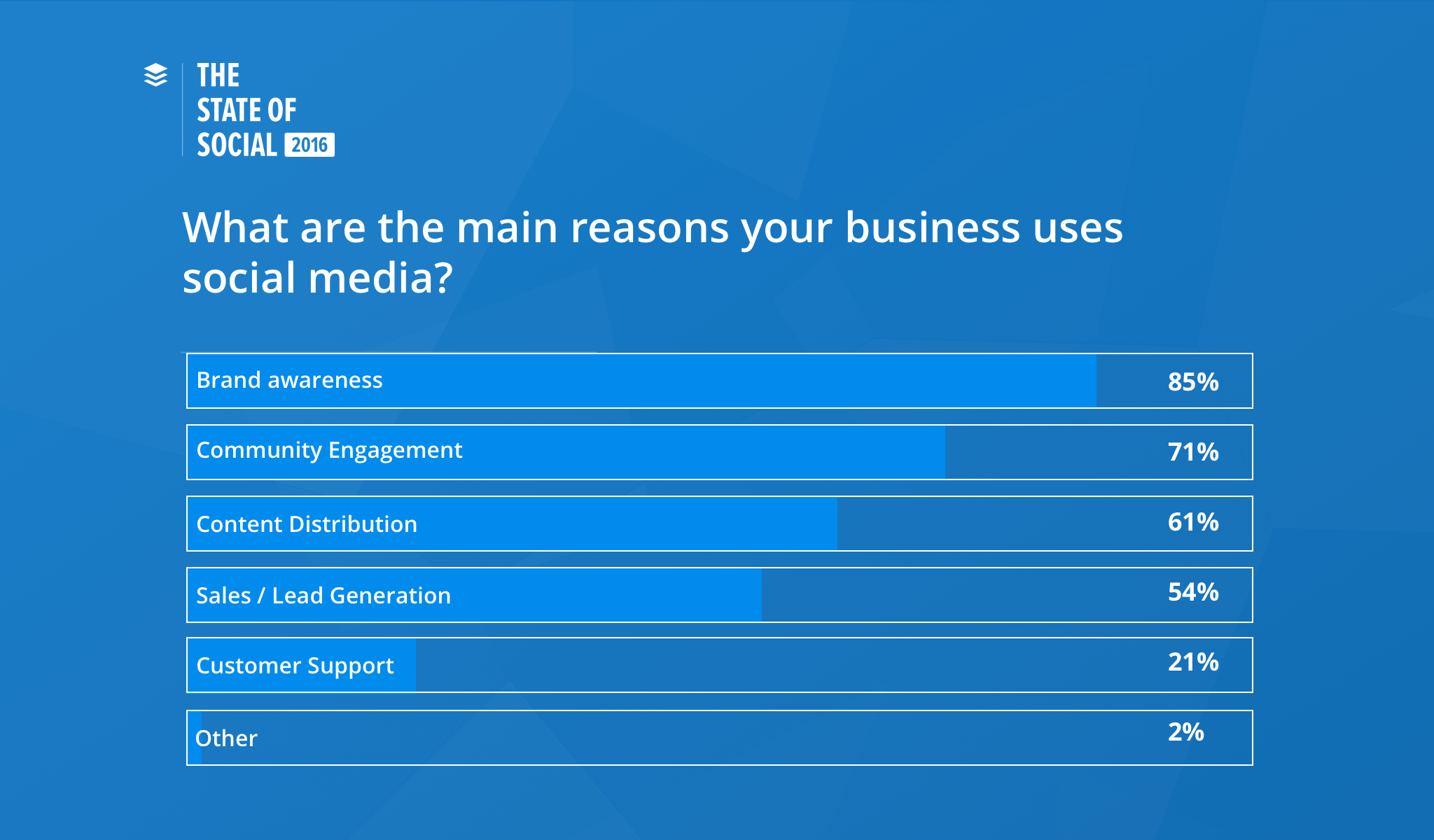A beginner’s guide to conducting a social media audit

Social media marketing. This once buzz-worthy marketing trend is not simply that anymore. It is an indispensable tool in the arsenal of modern-day businesses.
No doubt it’s a result-bearing platform. But here’s a crucial question you must ask yourself from time to time: how effective is what you’re doing? Here’s where a social media audit comes into play.
A social media audit helps you collect detailed information from all your social media accounts, and analyse what’s working, what’s failing, and see where there’s scope for improvement.
It’s a comprehensive marketing health checkup for your social media channels.
Here are 7 key steps to help you stay on top of your social media health:
Step 1: Make a list of all your social media accounts and update them

(Source)
Start by listing all the accounts your brand has created: the ones you use regularly, the ones left untouched for a while, and any abandoned ones; cover all bases. It’s also a great opportunity to identify social networks where you don’t have a presence.
Get organised and input all information about these accounts into a spreadsheet. From the number of followers, to share rates and post frequency, record it all.
There are plenty of free social media audit templates available that you can use. Lastly, check the information on each page and ensure you update it.
Step 2: Ensure that each account is complete and the content coherent across all platforms

(Source)
Once you’ve updated the basic information, sift through the accounts and make sure each profile is complete. Look through the pages closely and check if the content aligns with your current brand standards. In general, check the following:
- Profile and cover images (if they follow branding)
- Profile and bio text
- A consistent logo
- An identical colour scheme
- Uniformity of handle
- Uniformity in links and URLs
If all of the above are in place, a customer, with the help of image, tone, and voice, should be able to recognise your brand on social media in a jiffy.
Although the information mentioned above needs to be seamless across platforms, ensure you utilise the unique aspects of each platform to capture your audience’s attention. For example, longer videos can be published on YouTube and shorter ones on Facebook.
Step 3: Dig into the demographics of your audience

(Source)
As a brand, to what extent do you know your audience?
Finding data to understand your consumer base will facilitate recognition of who you’re presently reaching out to, and if they fall within your target market.
Additionally, look into the market that each social media profile attracts, and study the interaction between the consumers and the content.
To dig deeper into demographic data like interests, occupation, age, etc., you can use tools like Google Analytics or the in-built analytics feature that comes with each social media platform – say, Twitter Analytics or Facebook Insights.
Step 4: Evaluate engagement rates

(Source)
On social media, it’s a matter of engaging with the right audience, on the right platform, and at the right time.
- Evaluate if you’re sharing relevant information with your target audience. Does your content reach them at their preferred time of the day?
- Furthermore, check if consumers are engaged on one social media profile rather than another, and find out why.
- What are the successful marketing techniques that you’re employing?
- Check the tone of response by customers – are they happy or dissatisfied?
Considering such aspects helps identify where the lion’s share of the engagement is coming from. It assists in reaching a verdict: whether to spread your efforts across every channel or concentrate on a few particular platforms.
It’s imperative that you focus your energy on spots that engender returns for your efforts.
Step 5: Refine your mission statements

(Source)
Create a short mission statement for each social media account. This helps better evaluate your brand behaviour as it describes the kind of performance you’re aiming to accomplish.
For instance, the aim of an Instagram account is to drive follower engagement, and that of Twitter is to improve customer service. You cannot use the same measures to evaluate the performance of the two accounts. Ultimately, your mission statement will determine the key metrics to assess each channel.
Step 6: Refine your objectives and set goals

(Source)
Don’t be strongly swayed by the results of your social media audit; they can always be improved over time. Use this opportunity to refine your goals for the upcoming months.
Set meaningful objectives: a strengthened brand identity, a memorable brand image, and established brand loyalty. Social media campaigns don’t just have to chase numbers.
Attempt to meet the goals and once you do, save the results as reference points for your next social media audit.
Step 7: Do it all over again

(Source)
Conducting a social media audit is not a one-time effort. It’s recommended that you conduct audits regularly to make certain that everything is running on track.
A quarterly social media audit is a great way to ensure that your social media accounts are generating the best ROI. You can also repeatedly circle back to weigh the work you do on a daily basis, against the delineated goals in your social media strategy.
The end game
Here’s to you making use of this information to build a more robust social media strategy and putting it to use! Fine-tune your machine. Don’t wait; it’s time to schedule posts, engage with followers, monitor your efforts, and boost ROI.
Reference links:
8 Easy steps to perform a social media audit
What is a social media audit? Optimise your social media for ecommerce success
